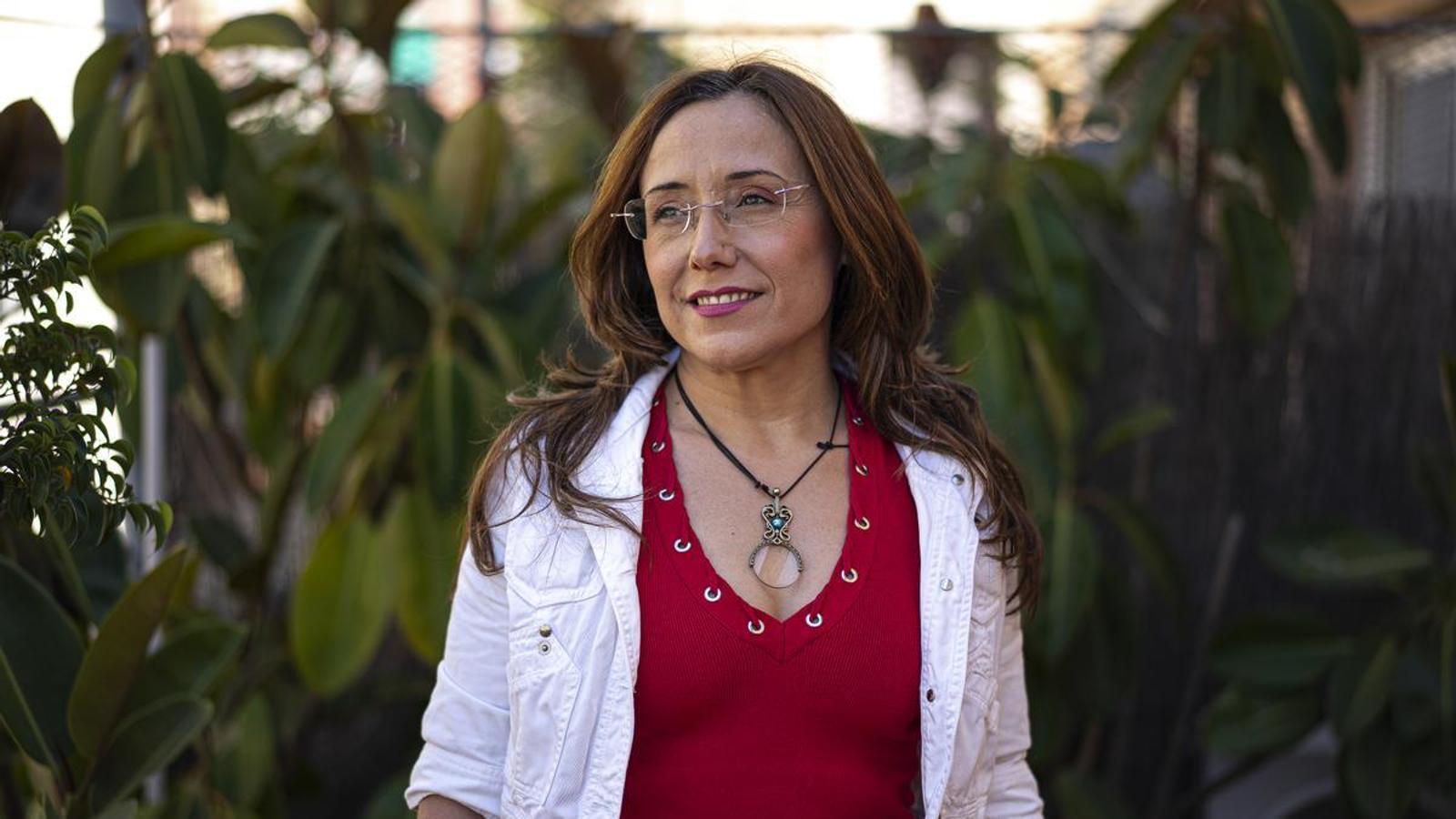“Everyone asks me what gesture betrays a liar.”
Esther Gómez is a detective, expert in credibility assessment and non-verbal language.


In the office where Esther Gómez works, there is no sign with her name or that of her company. "It's common in the sector; it's done for confidentiality reasons," she explains. Esther wanted to be a private detective since she was little and ended up studying Private Investigation. Later, she added two specialties to her resume that have ended up taking up a large part of her work: handwriting expertise and what is technically called credibility assessment, "although everyone calls it lie detection".
Many of the clients who come to his office do so to try to validate or prove the falsification of signatures and documents: "I receive all kinds of private contracts, loans made between friends and family and signed on paper, wills, last wishes... Sometimes what matters is knowing if the document was actually signed on the date stated. And then the laboratory work comes into play: the oxidation of the inks, the way people wrote at that time, or the type of paper," he explains in detail. The key to many of these disputes ends up being the signature: "We can change the signature depending on our mood that day, but no matter how different it seems to us each time, there are always certain features that remain and make it unique."
Handwriting validation has long been accepted as evidence in court, something that wasn't the case with nonverbal behavior analysis until 2021. Since then, judges, lawyers, and prosecutors can turn to a list of expert appraisers to assess the credibility of a statement or the meaning of nonverbal language. "We can't guarantee that a witness is telling the truth 100%, but we can assess its plausibility. And the judge is ultimately the one who decides whether or not to take the evidence into account in the sentence. Many people still believe we perform magic, but behind our work is a very laborious and rigorous process, techniques, and protocols," she asserts.
And what do these techniques consist of? Esther talks about a comprehensive approach that analyzes behaviors, reactions, speech, and especially nonverbal language. "Everyone asks me what gesture betrays a liar, but a single gesture will never tell us anything. It has always been said that someone who scratches their nose is lying. Or someone who looks away to the right, because that is the side of the brain that deals with the most creative part, with inventing. But those are just hoaxesUnfortunately, it's not that easy: you have to take into account each person's facial expressions, gestures, postures, gaze... and analyze when they change and why," he adds.
Behavioral analysis begins by studying each individual's pattern and observing how this pattern varies based on different stimuli. "Sometimes interpretations are made of a gesture from a still photo... it doesn't make much sense. The gesture has a whole curvature that is linked to emotions. People focus on the climax of the gesture, but how it begins and ends also tells us a lot of information," says the detective. The plausibility of a statement is often determined by studying the connection between nonverbal language and speech: "It's important to see what words were used, what pronouns, what verb tenses, what intonation... When the harmony between gestures and words is broken, it's a sign that the person may be lying."
Recently, Esther has handled several cases of gender-based violence, analyzing the statements of both victims and defendants. She has also handled some cases of stalking. Sometimes, to assess a statement, she only has the images recorded during a trial; other times, she can ask her own questions. "We tend to think that when someone talks a lot, they're deceiving us, but when someone talks, you always get things out of it. It's harder when you're given little information. So, provoking silences is a good technique, because in general, we have a hard time enduring silence; it generates cognitive stress, and in the process of breaking that silence, we're likely to reveal important signals."
How does all this knowledge translate into your private life? "I always say that knowing about nonverbal behavior has also helped me a lot in personal and professional relationships because I see more information than others do, and that helps me anticipate, conduct conversations better, or make complex situations flow," she concludes.
